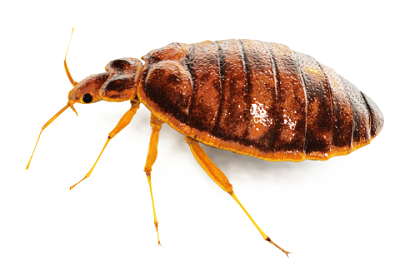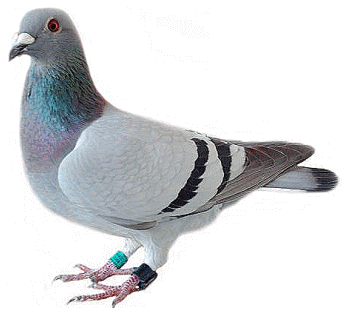Trouble with Pigeons?
Ark provide pest control solutions to pigeon infestations in London, the South East, the North West, the North and the Midlands.
Description of Appearance:
- Length: 29-33cm.
- Weight: 260-580g.
- Grey, slightly iridescent feathers on the neck that shine pink and green in the sunlight.
- Other colours include white, brownish-red, and mixtures.
Lifecycle:
- They can produce up to 9 broods per year but 2 – 3 on average.
- 2 eggs in each clutch new ones can be laid when their young are just 20 days old.
- Eggs have a 17 – 19 day incubation period.
- Young birds spend 35 – 37 days in the nest.
- Their lifespan is around 3-5 years in the wild but up to 35 years in captivity.
Habits & Behaviour:
- Nests are built by the female using material collected by the male.
- They roost together in buildings, ledges, lofts, walls or even statues in towns and cities.
- Pigeons feed on seeds, bread, vegetables, meat and other food discarded by humans.
- Pigeons are able to dip their bills into the water and drink continuously without having to tilt their heads back.
- Young pigeons are known as squabs.
- They are fed from a special substance produced in the pigeon’s crop known as pigeon milk.
- When disturbed, a pigeon in a group will take off with a noisy clapping sound.
- This informs other pigeons that there is danger present.
- They are capable of rapid dives and changes in direction and most of the time will easily out manoeuvre a bird of prey, as they can reach speeds of up to 50mph.
- They are resident and do not migrate.
Important:
- Do not feed pigeons around your building. This could lead to them nesting nearby.
- Their acidic droppings can erode most surfaces, causing structural degradation to your building.
- The best known disease passed from birds to man is Psittacosis. Fouling can be a public health hazard and must be cleaned regularly.
Get in touch today:













